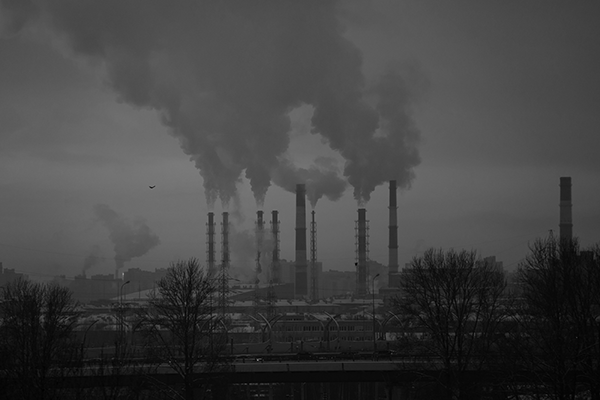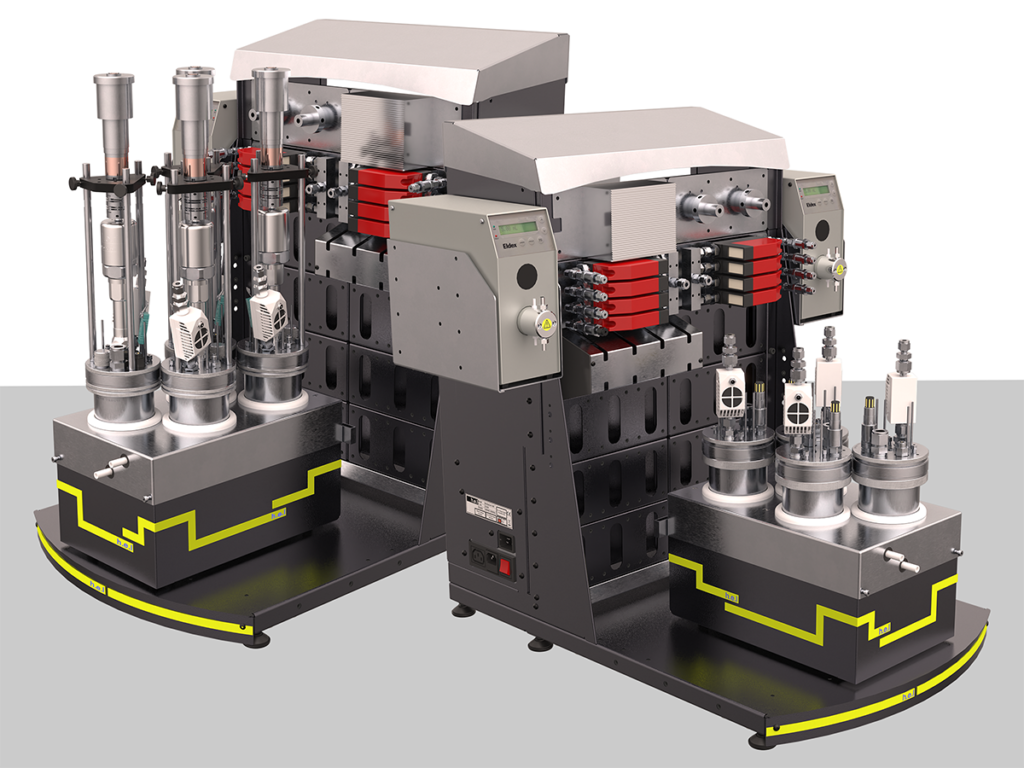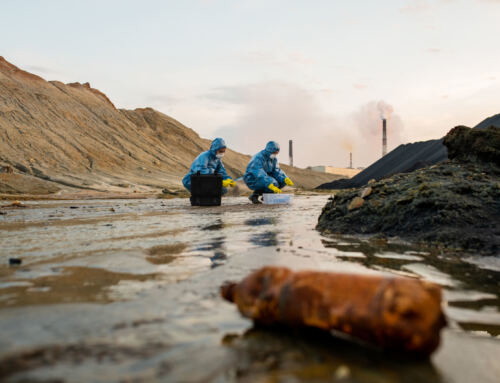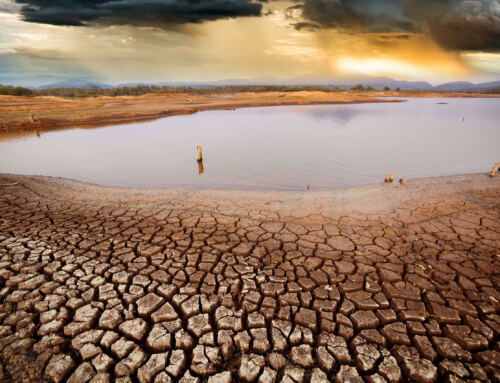There is a growing trend in social media in which people add to their bios text along the lines: “Born at xxx ppm.” But what does this mean? The number is the CO2 concentration in parts per million (ppm) in the atmosphere in the year you were born. This value has continuously increased since the Industrial Revolution. Carbon dioxide can retain heat, so the accumulation of this gas has increased temperature. Between 1880 and 1980, the temperature on Earth increased by 0.07oC every ten years. However, since 1981, this value has reached 0.18oC per decade. The consequences of this “global warming” can be felt already: the unprecedented heatwaves in the Pacific Northwest in 2021, London reaching 40oC for the first time in 2022, or the fact that July 2023 has been called the hottest month ever recorded on Earth.
CO2 is only one of the myriad of forms that carbon takes in nature. This element appears in different chemicals, and its cycle has struck a balance between biological and geological forms (carbon biogeochemical cycle). For example, processes such as volcano eruptions and wildfires would release this element into the atmosphere as carbon dioxide. Organisms such as algae, cyanobacteria, and plants would then fix this CO2 into their biomass using light as an energy source in photosynthesis. Other microorganisms could also generate organic matter using chemical energy instead of light (chemolithotrophy). Part of this organic matter would become carbon dioxide again, due to respiration, for example, but also, a large part of this organic matter would be buried due to geological processes, restarting the cycle.
However, human activity has disrupted this natural cycle by increasing the emission of greenhouse gases, including CO2. The carbon stored in non-renewable sources such as coal, oil, and wood is released into the atmosphere due to the combustion process to release energy. Up to the Industrial Revolution, nature was very efficient at balancing the concentration of greenhouse gases in the atmosphere. The ever-growing need for energy in industry and daily life has resulted in burning coal, petrol, and wood using combustion processes, thus delivering greenhouse gases into the atmosphere. Of this, 87% of the total amount is produced by burning fossil fuels, 9% is linked to the clearing of forests and land use changes, and industrial processes amount for the remaining 4%. Up to the Industrial Revolution, nature was very efficient at keeping balance in the concentration.
Decarbonization Strategies: Harnessing Technology and Nature for a Greener Future
Different institutions, including national and international legislative bodies, enforce decarbonization strategies to try to stop their accumulation and mitigate climate change. Decarbonization is the removal or reduction of CO2 output into the atmosphere. There are various ways in which decarbonization can be implemented, for example, the production of methane from renewable sources, substituting hydrocarbon gases (such as methane or biogas) for hydrogen, or capturing CO2.

This last approach can be done from a chemical or geological perspective (carbon mineralization) in which the carbon dioxide reacts with certain alkaline minerals, generating carbonates as a product. These minerals can then be buried, actively removing carbon.
But can bioreactors also be used for decarbonization? The answer is plain and simple: “yes”. Biotechnological approaches harness the power of organisms for the production of services and goods, and the high versatility of microorganisms means that they play an essential role in decarbonization in several ways.
The most intuitive approach to biological decarbonization is using autotrophic organisms (organisms able to generate their own organic matter out of inorganic sources), either photosynthetic or chemolithotrophic. Some applications involve using algae (such as Chlorella and Spirulina) to accumulate the fixed carbon as lipids. These lipids can be processed to produce biofuels. Some other organisms, especially genetically engineered organisms, can have their metabolism rerouted to transform the carbon into high-value products, like isopropanol. Methanogenesis is another potential decarbonization approach. Methane production is the last step of the decomposition process. In this case, waste material (agricultural waste, wastewater) can be processed in bioreactors. The complex organic matter is broken down by microbial activity, generating smaller molecules that are finally transformed into a gas mixture. This gas mix can be used as an energy source, avoiding non-renewable gas sources. Both of those approaches result in the reduction of waste products and the production of renewable fuels. Instead of relying on the extraction and burning of fossil fuels, disrupting the carbon biogeochemical cycle, it uses already readily available byproducts.
Some other more exotic applications are under current development, such as microbial fuel cells, in which organisms such as Geobacter or Shewanella can form biofilms (3D biological structures composed of microbial cells plus an organic matrix) in the anode of a battery. Then, the battery can be fed with organic waste, such as wastewater. Biological activity is fundamental chemistry, so this battery can harness this transformation and power circuits like conventional batteries.
From Awareness to Action
The phrase “Born at xxx ppm” serves as a stark reminder of the rapidly changing composition of our atmosphere and the pressuring need to address climate change. The increasing concentrations of greenhouse gases, including CO2, due to the natural carbon biogeochemical cycle disruption, contribute to global warming and its associated environmental impacts. Nevertheless, innovative solutions offer some hope, such as using bioreactors for decarbonization strategies. The versatility of microorganisms opens up many possibilities: from producing renewable fuels from algae to manufacturing microbial fuel cells, these biotechnological applications can significantly contribute to reducing CO2 emissions. The shift from fossil fuels to renewable resources and the efficient use of byproducts not only aids in balancing the carbon cycle but also promotes sustainable development.

We must continue exploring and investing in such technologies as we move forward. The combined effort of governments, industries, and individuals in promoting and adopting these innovations is fundamental. Fighting climate change has become a race against time, and every action we take will determine the legacy we leave for generations to come. As such, “Born at xxx ppm” is not only a call for awareness but also a call for a unified response to a global challenge, encouraging us to act now for a better, more sustainable future.







